Perú
Discover southern Peru: where history, nature, and culture
come together in a single destination.
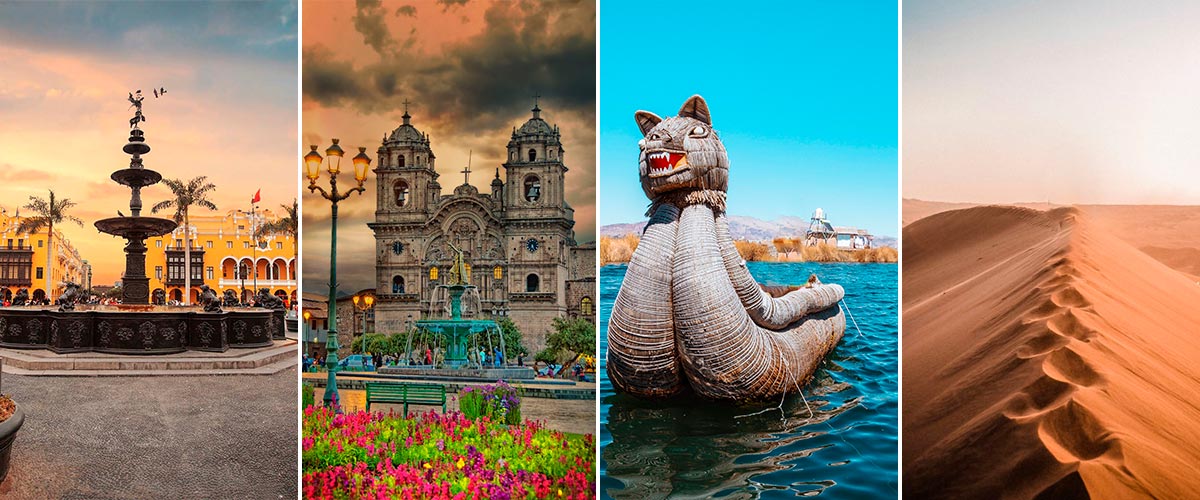
Puno
"Puno, the birthplace of Peruvian folklore, invites you
to explore its rich culture and stunning landscapes."
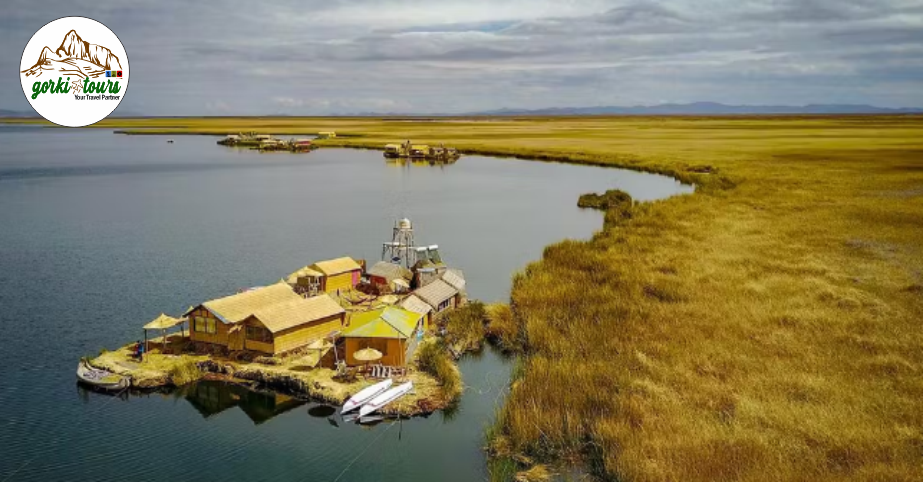
Puno
The Uros culture is unique and fascinating. Their life and
traditions are so intertwined with Lake Titicaca that they even live on the
lake's waters on floating islands. The ingenious Uros islands are made of
totora reeds, a reed with remarkable buoyancy that allows them to house entire
families on their surface.
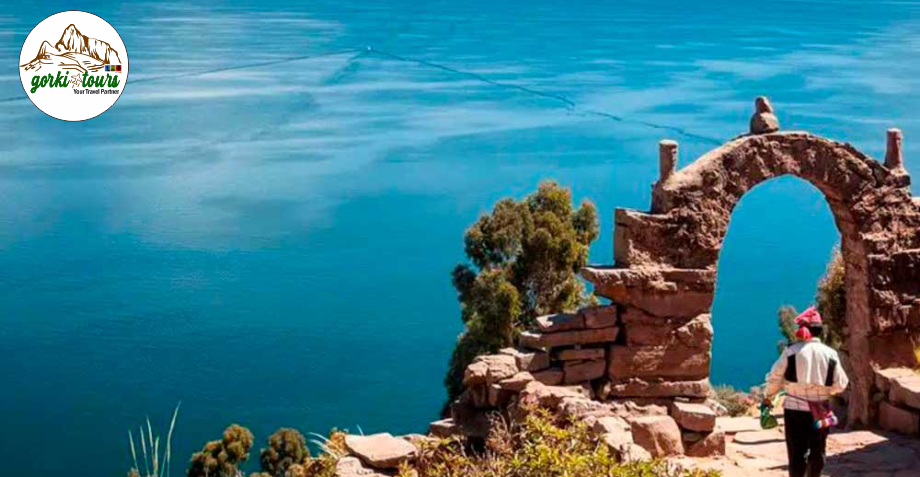
Puno
Amantaní is a good option for lunch during your day, as all
the local food is harvested on the island itself, giving it a special value.
Likewise, trout is ideal, as it is one of the most important foods of Titicaca.
You can stay overnight for a more authentic experience
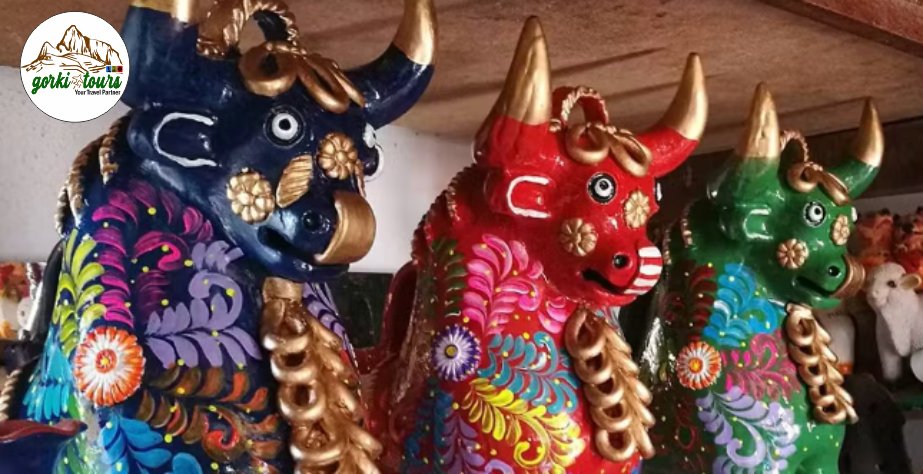
Puno
He is the lord and master of all Pucará roofs and a symbol
of all of Puno. The "little bull" is a ceramic piece born in Santiago
de Pupuja and sold throughout the region. In local mythology, he helps with
livestock, fertility, and happiness in relationships. The little bull comes in
different colors, each representing a spiritual value.
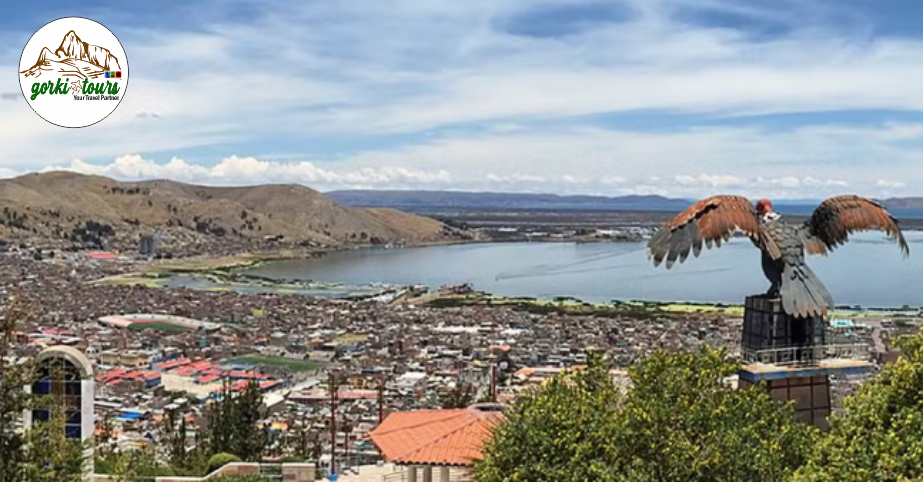
Puno
$0
Want to get an idea of what Puno looks like from above?
Then a visit to the Kuntur Wasi and Puma Uta viewpoints, both must-see tourist
spots in Puno, is a great idea. Kuntur Wasi boasts a condor, the city's patron
saint, at its summit. From here, you can feel like one of them in flight and
get incredible views of Puno and Lake Titicaca.
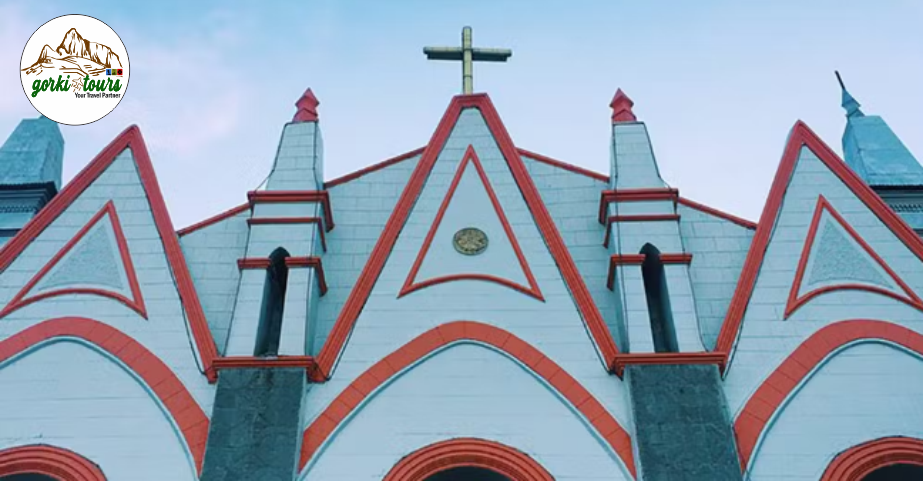
Puno
The home of the Virgin of Candelaria shouldn't be left out
of your list. Both the Virgin and the temple have existed since 1580. However,
a fire destroyed much of the structure, and it was rebuilt in its current form
in 1887. The adobe building represents part of Puno's identity, with the Virgin
as its patron saint.
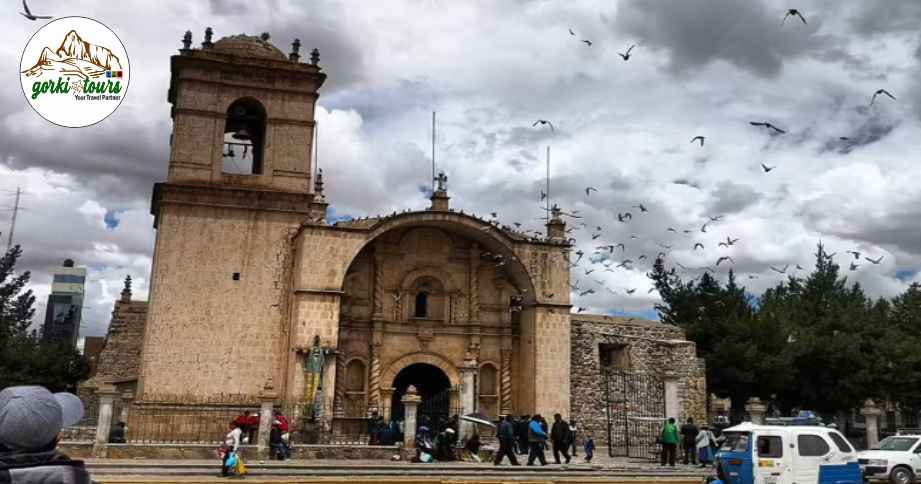
Puno
Here you can visit the Mother Church of Santa Catalina,
which began construction in 1649 and took 125 years to complete. Its bell tower
is a characteristic of the city. You can also visit Tikonata Island, which
offers a more mystical experience where you can live like a local, similar to
the islands of Amantani and Taquile.
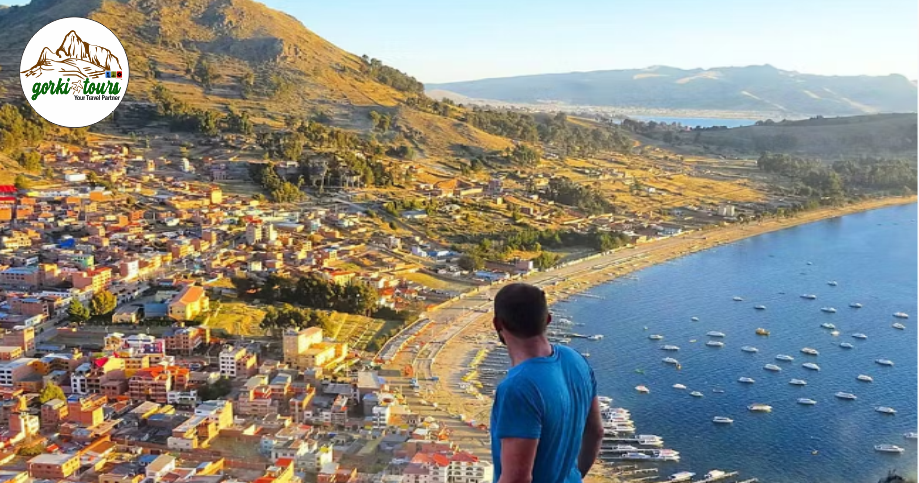
Puno
Yes, you're in Puno, Peru. However, in a short trip, you can
reach Copacabana, on the Bolivian side of Lake Titicaca. You can dedicate two
days to this activity, so you can see both the city and Isla del Sol. The
latter has great historical and cultural value, being the largest island in
Lake Titicaca.
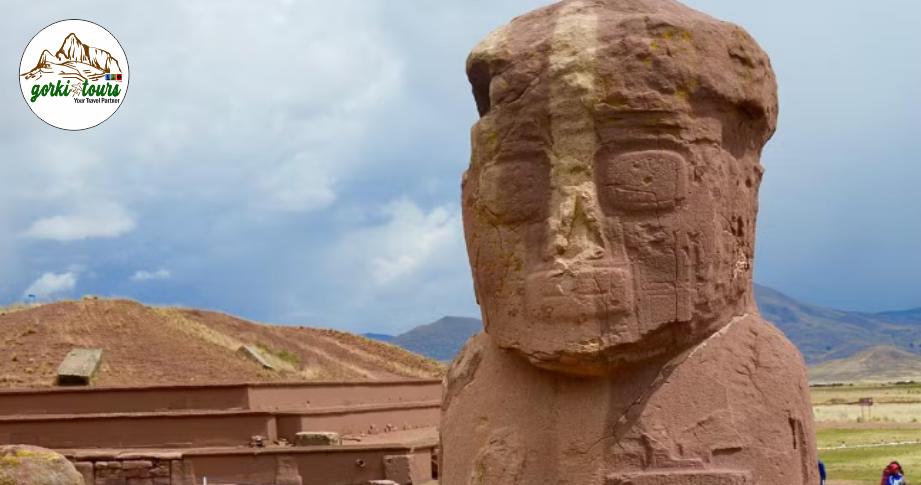
Puno
South of Lake Titicaca, you'll find one of the most
important archaeological sites in all of South America: Tiwanaku. The "Sun
Gate" is famous, one of the most important monuments in the area, shrouded
in mystery and believed to hold the key to saving humanity from extinction.
Arequipa
Arequipa, known as the "White City," is one of
Peru's main tourist cities, famous for its colonial architecture, rich history,
and stunning natural landscapes. It is located in the south of the country,
surrounded by the majestic Misti, Chachani, and Pichu Pichu volcanoes. The city
center, declared a UNESCO World Heritage Site, features beautiful colonial
buildings constructed from sillar (a white volcanic stone), giving it the
nickname "White City." The Plaza de Armas and the Arequipa Cathedral
are some of its main attractions.
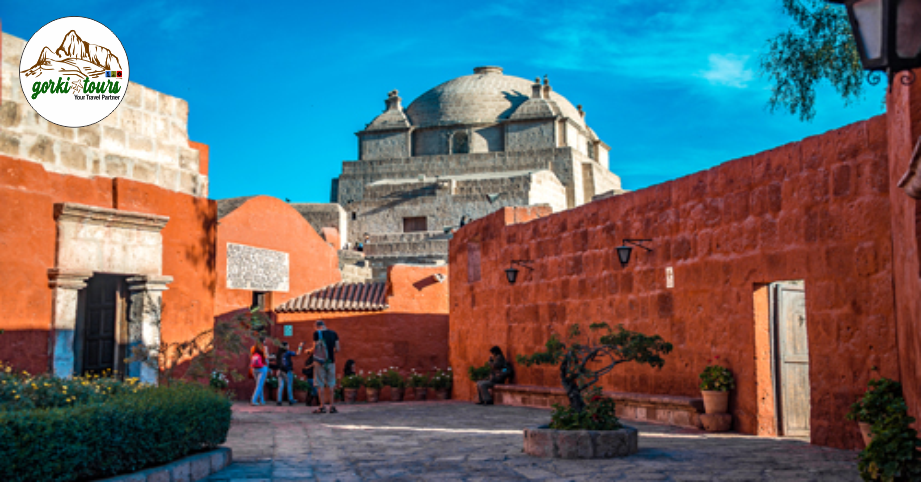
Arequipa
The Monastery of Saint Catherine was an exclusive place for
high-society nuns, who lived there in a closed community. Over the centuries,
many of the nuns lived in isolation and pursued a life of spiritual retreat.
The convent once housed more than 450 nuns and servants, but over time the
community dwindled.
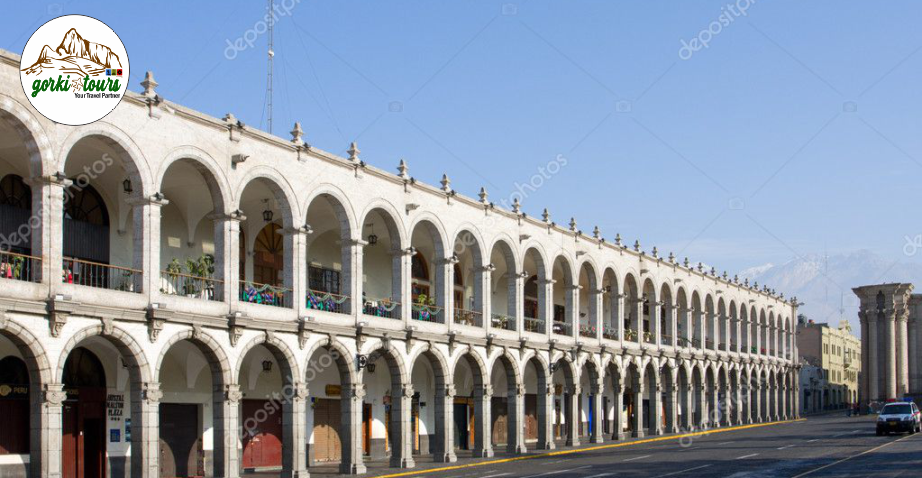
Arequipa
In addition to being an important civic center, Arequipa's
Plaza de Armas is surrounded by beautiful gardens, benches, and fountains,
making it a popular spot for both tourists and locals. Its peaceful atmosphere
and central location make it an ideal place to enjoy the beauty of Arequipa and
admire the colonial architecture.
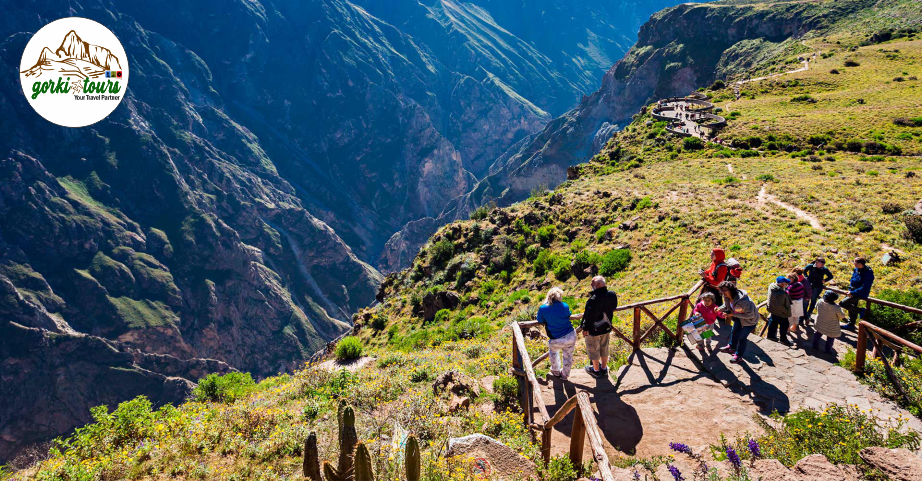
Arequipa
The Colca Canyon is Arequipa's biggest tourist attraction
and the second most visited in Peru, after Machu Picchu. Its rugged terrain is
home to a rich variety of flora and fauna, as well as Andean people with rich
traditions. From there, you can appreciate the flight of condors, the most
popular birds of the Andes. You can also practice adventure sports and enjoy
the incredible landscapes.
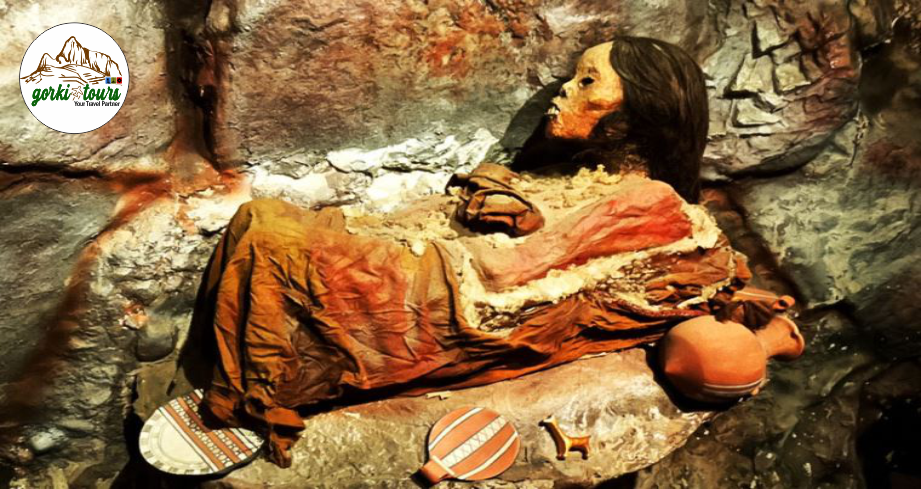
Arequipa
Juanita was a young Inca teenager sacrificed to the gods
between 1440 and 1450, at the age of 12-15. Her body was discovered in 1995 on
Mount Ampato, still intact thanks to the low temperatures at which it has been
preserved for over 500 years. The discovery of the Juanita Mummy marked a true
milestone in Peruvian archaeology, and today it remains one of the
best-preserved corpses in the world. Even her clothing is intact.
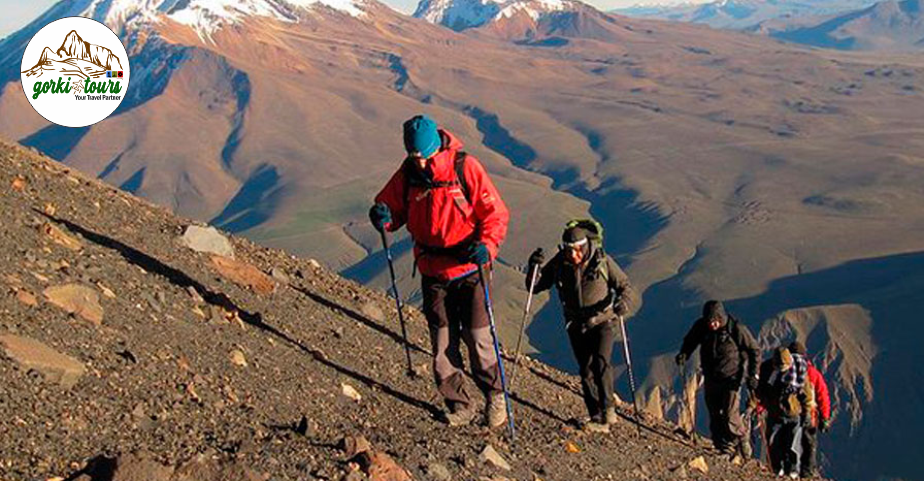
Arequipa
It is located at the foot of the Chili River valley, at
2,400 meters above sea level. It has become one of Arequipa's greatest symbols.
During the colonial era, most of the houses were built with sillar, a white
stone formed by the deposition of ash and lapilli during the volcano's
pyroclastic eruptions. The last time El Misti demonstrated any significant
activity, such as large fumaroles, was in 1870.
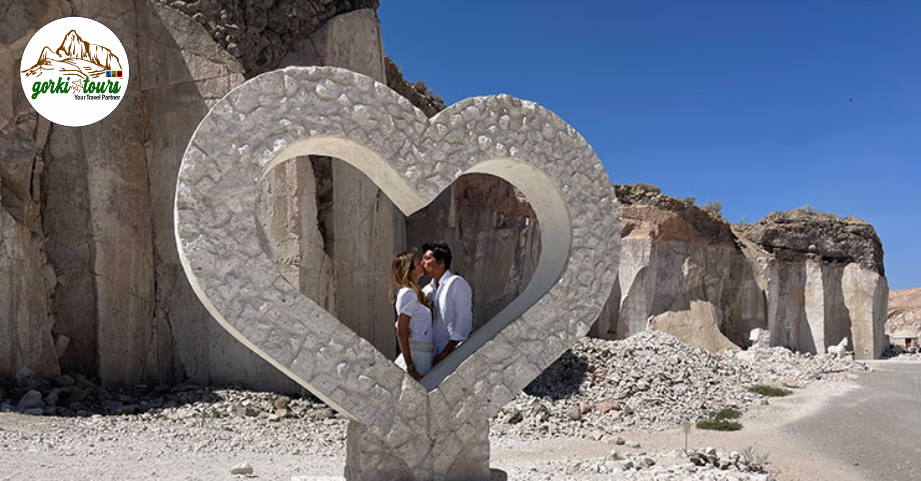
Arequipa
The volcanic rock known as Sillar has been used since pre-Inca times, when the Wari people demonstrated their use of volcanic rock for their constructions. It is also known as white ignimbrite tuff.
Thanks to its white color, generated by the eruptive ash
that accumulated and compacted thanks to the work of nature over centuries, it
eventually created the most famous stone in southern Peru.
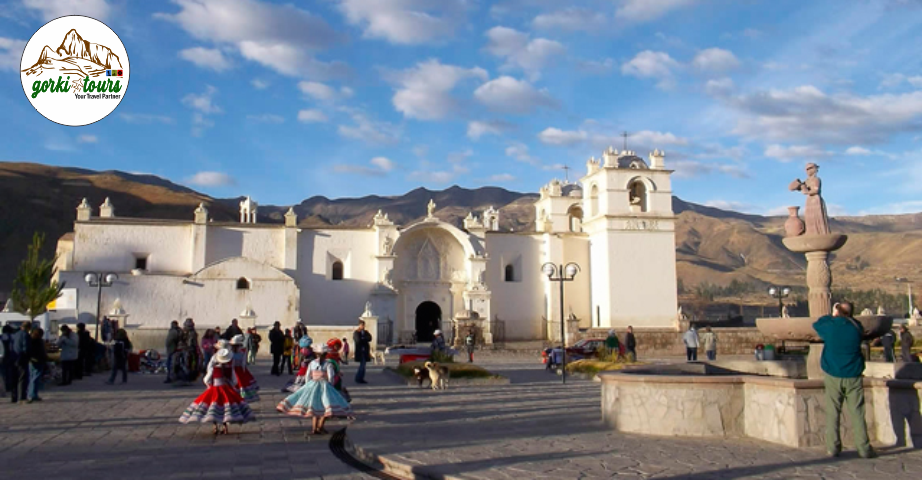
Arequipa
Chivay is the gateway to the Colca Canyon. It is 163
kilometers by road from the city of Arequipa. Its streets, plazas, and churches
have the typical characteristics of a peaceful mountain town with many
traditions. Among the main tourist attractions are the La Calera hot springs
and the Colca Planetarium.
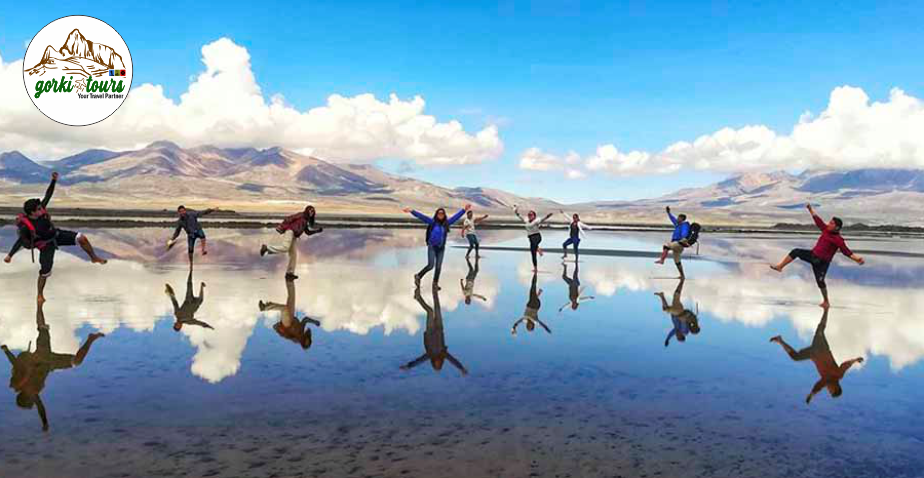
Arequipa
It is the largest lagoon in the Arequipa region (6,182
hectares). Highly recommended for birdwatchers for its diverse wildlife. It is
notable for being a place where you can see the three types of parihuanas
(Andean, common, and James), which visit the lagoon during periods of high
humidity. Laguna de Salinas is a shallow water salt flat.
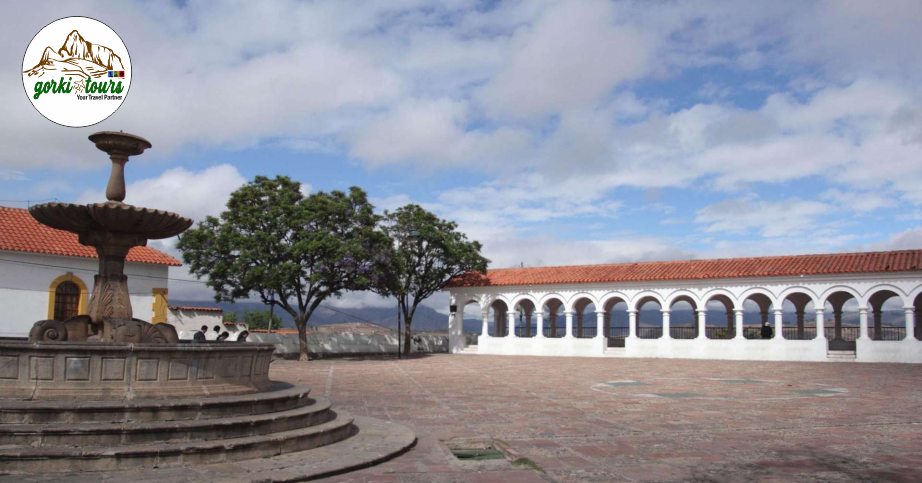
Arequipa
The convent was designed by Father Pedro de Peñaloza in
1648; three years later, a church and two cloisters were completed. The
architectural complex has four ashlar cloisters and has served as a museum
since 1978. It houses a library of nearly 25,000 volumes dating from the 16th,
17th, and 18th centuries.
Amazing Experience
Our Services
Travel by bus, car and minivan
Air conditioning guaranteed
Entrance to the museums
50% discount on all admissions
Travel with children and pets
Possibility to rent the stroller